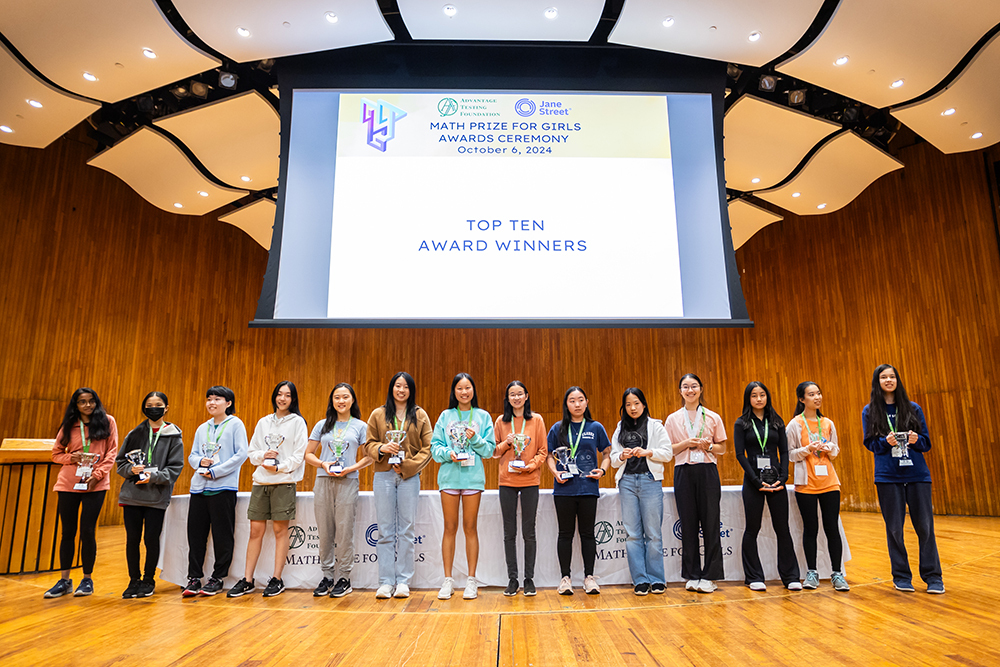A new CubeSat orbiting Earth represents a multinational research-industry collaboration and an important milestone in Portugal’s space program, marking the country’s return to space after its first satellite launch 30 years ago. The small satellite, called AEROS-MH1, was developed entirely in Portugal through a four-year collaboration with the MIT Portugal Program and numerous private companies in Portugal.
Professors Dava Newman, Kerri Cahoy, and Richard Linares served as co-principal investigators on the project at MIT, and grad students Madeline Anderson, Cadence Payne, and Annika Thomas served as key contributors along with researchers from University of Minho, CEiiA, Edisoft, and more. AEROS Constellation’s objectives support the multinational “Atlantic interactions” research efforts and are aligned with the U.N.’s Sustainable Development Goals.
Launched in March, AEROS-MH1 is now orbiting Earth every 90 minutes at an altitude of almost 137 miles. AEROS will apply spectroscopic techniques to measure and monitor ocean health while using a software-defined radio to bridge connectivity between the spacecraft, aerial drones, and bio-logged marine life such as sharks and rays. The satellite will collect hyperspectral imaging data of the coastline and oceans around Portugal, and collect information from the software-defined radio from tags to help understand biodiversity and the environment around Portugal. The satellite’s command center is at the Santa Maria Island Teleport in the Azores, where the spectroscopic imagery will be recorded, and then processed in Matosinhos.
“AEROS was a tremendously valuable experience for our students, both in terms of the research and technical elements and the collaboration itself,” says Cahoy. “The full team had weekly meetings virtually, and it did get interesting when there were changes in the time zones for daylight savings that were different in each country, along with understanding holidays and special event times of the year, as well as when the academic team members would have a higher workload due to projects and exams. The students really enjoyed that MIT Portugal regularly provided opportunities to get together and present their work in Portugal.”
The project’s development process began in 2020 with the mission concept, focused on maritime priorities and ocean characterization around Portugal. The research team selected instruments like the hyperspectral visible imager to characterize the ocean’s colors, and software-defined radio to flexibly support collecting data from small transmitters on the Earth for sensing environment and monitoring biodiversity. The team worked for years to make sure these instruments were fully functional in hardware and software, as well as with a spacecraft platform that supported the mission power and communication needs.
The MIT students supported the project with analyses and simulations to help understand if the mission would meet requirements. Annika Thomas focused on thermal management; Cadence Payne focused on the hyperspectral imager instrument performance; and Madi Anderson worked on using AI for both change detection in the instrument data and to help identify any anomalies in the onboard telemetry. Other MIT Department of Aeronautics and Astronautics students who supported AEROS include Miles Lifson, Patrick McKeen, Joey Murphy, and Alvin Harvey.
“The partnership between the Portuguese institutions and our international universities such as MIT must be maintained. It results in high-quality training, new jobs, and a new generation of students who are multidisciplinary systems leaders of our space future and our future here on Earth,” said Newman in a congratulatory video. “We’re educating these future leaders in important sectors such as climate, space, oceans, urban mobility, and energy.”

 5 months ago
42
5 months ago
42

